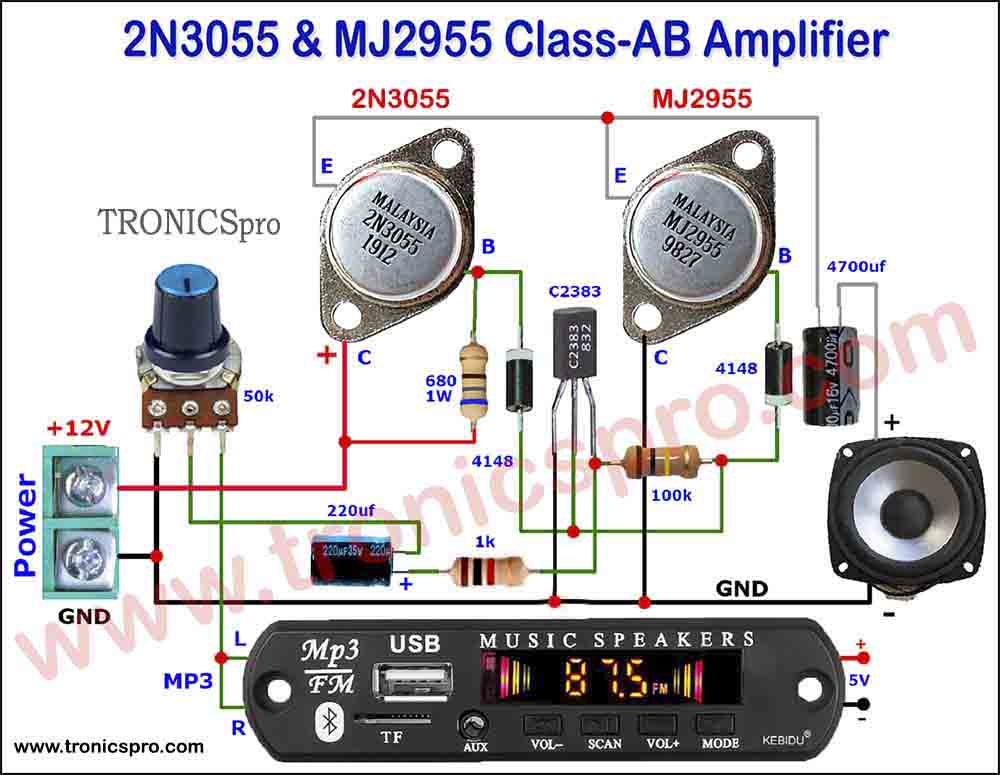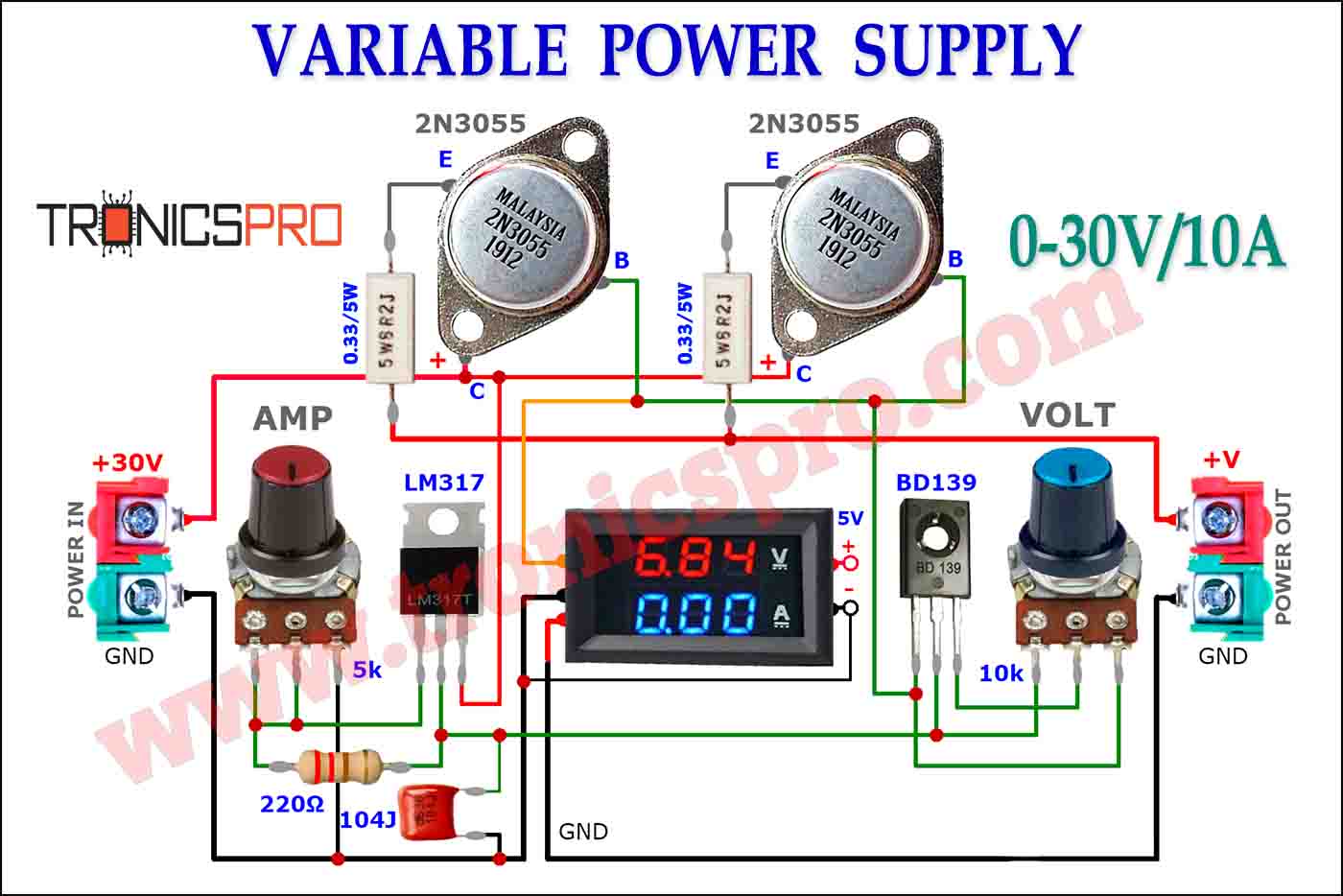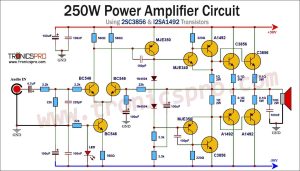Introduction
As the world continues to witness the impacts of climate change, the need for sustainable and renewable energy sources becomes increasingly evident. Solar power is one such solution that harnesses the abundant energy of the sun to power various applications. In this article, we will explore how to make a solar fan controller using the 555-timer IC, PC817 Optocoupler, and 75N75 MOSFET. These components, when combined correctly, can create an efficient and effective solar-powered solution.
We are making a solar fan controller using 555-timer as we want to run our 12v fan on a 12v solar panel. As we know a solar panel generates 18v to 20v DC, which is much higher than the safe operating voltage for a 12v load. This is the reason we made a solar fan controller to run our solar fan.
Introduction to Major Parts:
555 Timer IC:
The 555 timer IC is a versatile integrated circuit widely used in various electronic projects. It operates as a timer, oscillator, and pulse width modulation generator, making it ideal for controlling electrical signals. The IC consists of two comparators, a flip-flop, and a transistor switch. Each component within the 555-timer IC plays a significant role in controlling the output based on the input voltage.
75N75 MOSFET:
The 75N75 MOSFET, short for Metal-Oxide-Semiconductor Field-Effect Transistor, is a type of transistor that controls the flow of electrical current through a semiconductor channel. It consists of three terminals: the gate, the drain, and the source. By applying a voltage to the gate terminal, the MOSFET can either amplify or switch the electrical signals passing between the source and drain terminals. The 75N75 MOSFET has low on-resistance and high current handling capabilities, making it suitable for power electronic applications.
PC817 Optocoupler:
The PC817 optocoupler, also known as an optoisolator, is a device that electrically isolates two circuits using light. It is composed of a light-emitting diode (LED) and a phototransistor or photosensitive diode. When a current flows through the LED, the emitted light triggers the phototransistor, allowing electrical signals to transfer between the input and output sides of the optocoupler. PC817 optocoupler is commonly used to protect sensitive components from voltage surges and provide protection against electrical noise.

Circuit Diagram of Solar Fan Controller using 555-Timer
This solar fan controller can be designed using a few basic components including 555-timer ic. The circuit diagram of this project is shown below.
More Circuit Layouts








Components List of Solar Fan Controller using 555-Timer
Following is the list of all components used in this project:
- 1X 555 TIMER IC
- 1X PC817 OPTOCOUPLER
- 1X 75N75 MOSFET OR IRFZ44
- 1X 1N4148 DIODES
- 1X LED any color
- 1X 560 OHM 3W RESISTOR
- 2X 2.2K RESISTOR
- 1X 4.7K RESISTOR
- 3X 10K RESISTORS
- 1X 0.47uF CAPACITOR
- 1X 1000uF CAPACITOR
- 1X 2 PIN TERMINAL BLOCK
- 1X PREF BOARD
- JUMPER WIRES
Building the Solar Fan Controller using 555-Timer
Connections of the Components:
To create a solar fan controller using these components including 555-timer ic, they need to be connected according to the circuit diagram provided above. Here’s how the connection should be made:
- Now connect one side of 560 ohm/3w resister to positive side of terminal block of solar panel and the other side of resister to the anode side of 1n4148 diode. Cathode side of diode will be connected to pin-8 of 555 timer ic.
- Now connect a 10k resister between pin-7 and pin-8 of 555 timer ic. also connect a 4.7k resister between pin-6 and pin-7 of the same IC.
- Connect a 0.47uf capacitor’s one side to pin-6 of 555 timer ic and the other side to the ground.
- Now place a PC817 Optocoupler on the vero board. Connect its pin-4 to positive of solar terminal block and pin-2 to ground. Also connect a 2.2k resister between pin-1 of PC817 Optocoupler and pin-3 of 555 timer IC.
- Now place a 75N75 MOSFET and connect its pin-3 to ground. You can use IRFZ44 MOSFET as well.
- Connect a 10k resister to pin-1 to ground. Now connect another 10k resister between pin-1 of MOSFET and pin-3 of PC817 Optocoupler.
- Take one LED and connect its cathode to pin-2 of the MOSFET. Also connect a 2.2k resister between anode of LED and pin-3 of PC817 Optocoupler.
- Now place a 2-pole terminal block. Connect its one side to positive supply of solar terminal block and the other to the remaining pin-2 of the MOSFET.
- In the last connect a 1000uf capacitor’s positive to positive supply and negative to ground.
Now connect the positive and negative terminals of the solar panel to positive and negative of solar terminal block and test the project and connect the 12v solar fan with it.
Conclusion of Solar Fan Controller using 555-Timer
Building a solar fan controller using the 555-timer IC, PC817 optocoupler, and 75N75 MOSFET is a beneficial project for harnessing the power of solar energy. The components, when connected correctly, provide effective control over the electrical signals and enable the efficient operation of the fan. The 555 timer IC serves as the control unit, while the PC817 optocoupler ensures electrical isolation and protection. The 75N75 MOSFET acts as a switch, allowing the current to flow through the fan. By following the circuit diagram and proper connection guidelines, anyone can create a solar fan controller using 555-timer ic and contribute to a sustainable and eco-friendly future. Embrace the power of solar energy and make a positive impact on the environment!
More projects, You may like:
- Video Transmitter DIY Homemade FM Radio Transmitter
- Adjustable Power Supply DIY Battery Charger
- 12V-220V 500 Watt inverter DIY Homemade
- 12V-220V H-Bridge Inverter DIY Homemade
- MPPT Solar Charge Controller DIY Homemade
- 18650 battery bank free charge protection module
- D718 B688 Bass Amplifier Homemade DIY
- C5200 Bass Amplifier DIY Homemade with Volume
- DIY LA4440 bass amplifier homemade
- C5200 A1943 TDA2030 Amplifier DIY Homemade
For more project and circuit diagrams, you can go through the Schematics in the main menu where you can find many interesting projects and circuit diagrams like audio amplifier circuits, voltage booster circuit, battery charger circuit and timer circuits etc., which are all beginner circuit projects. Feel free to check them out!
Thanks for visiting the article and watching the video.



























